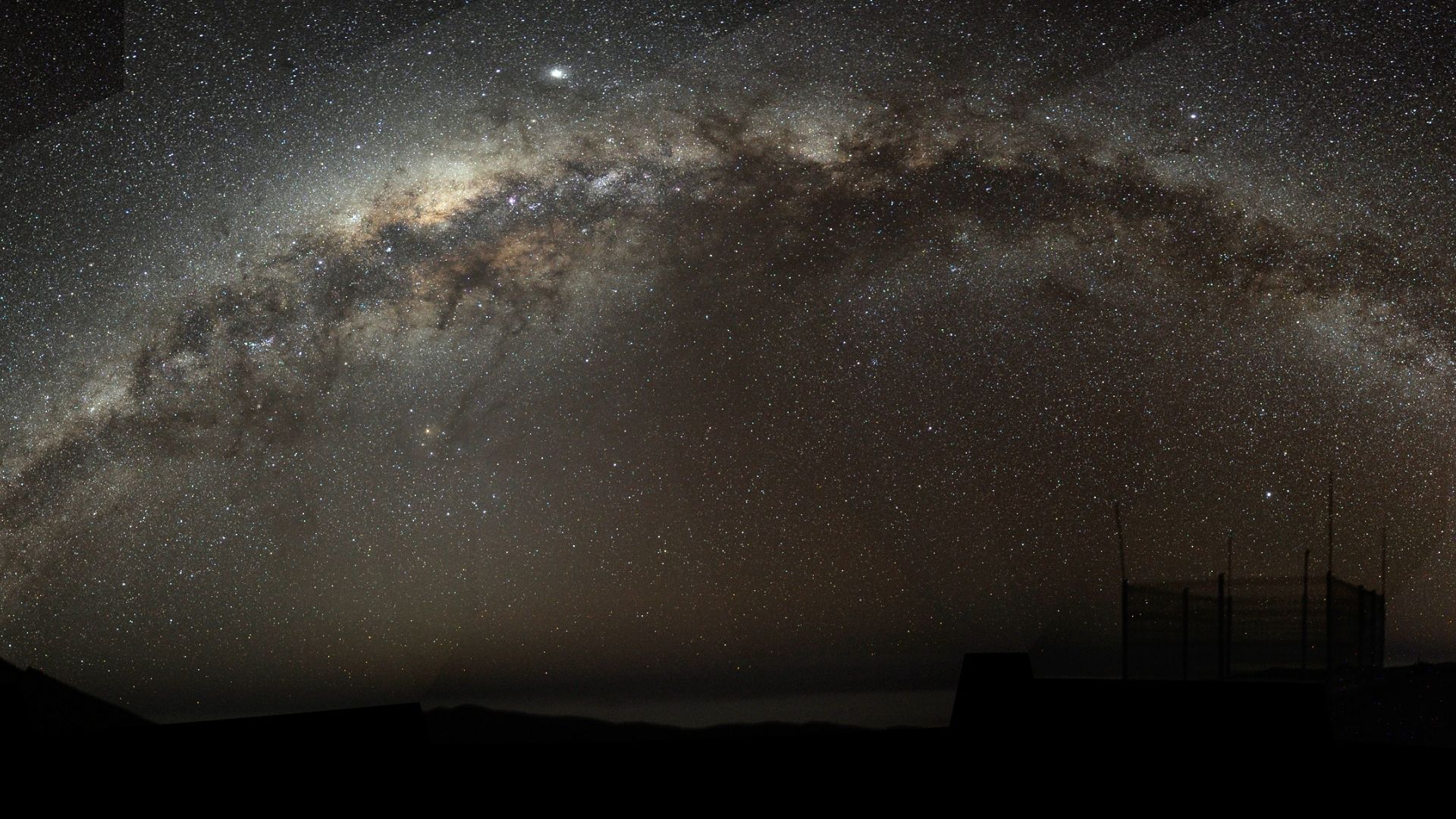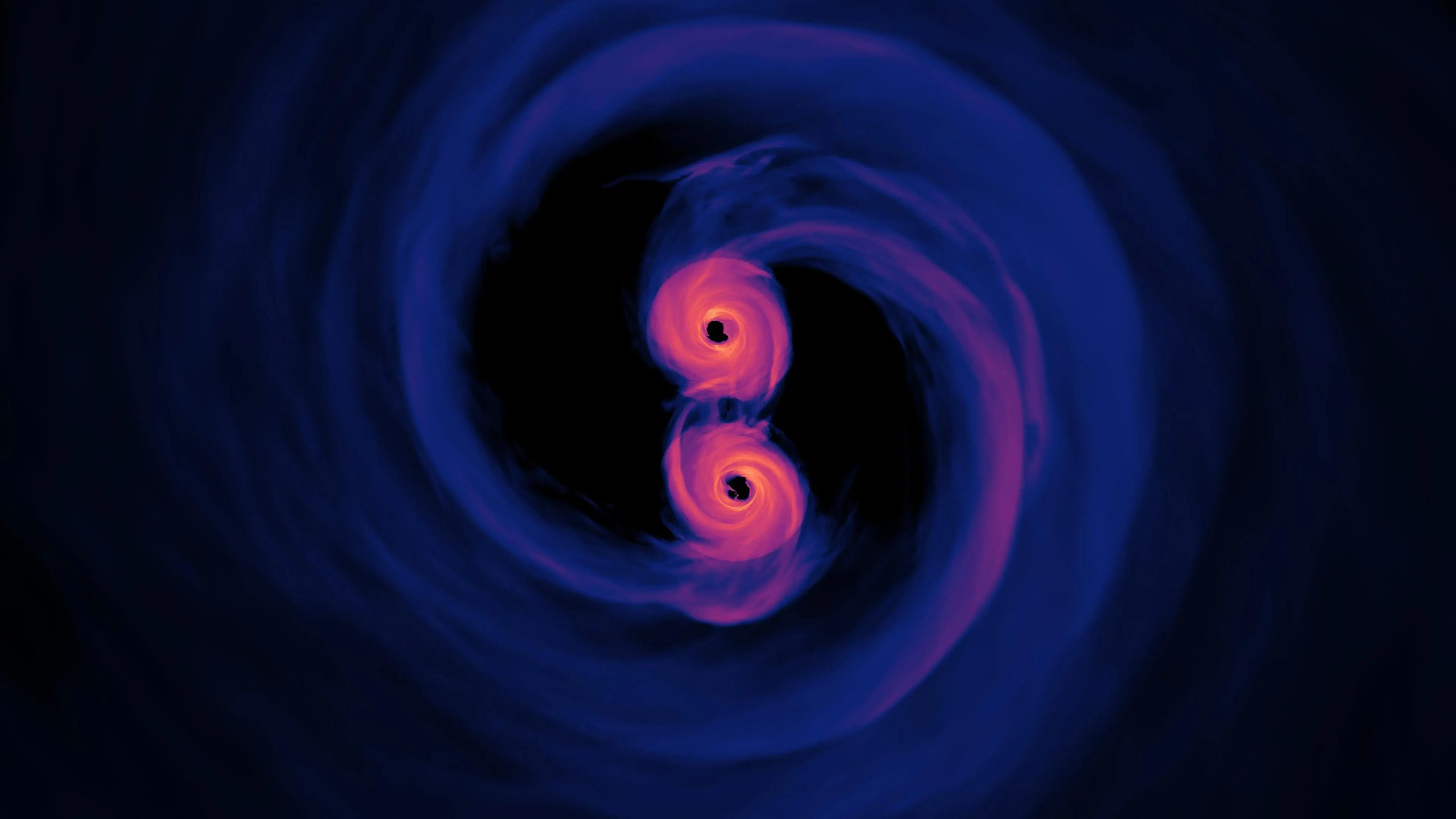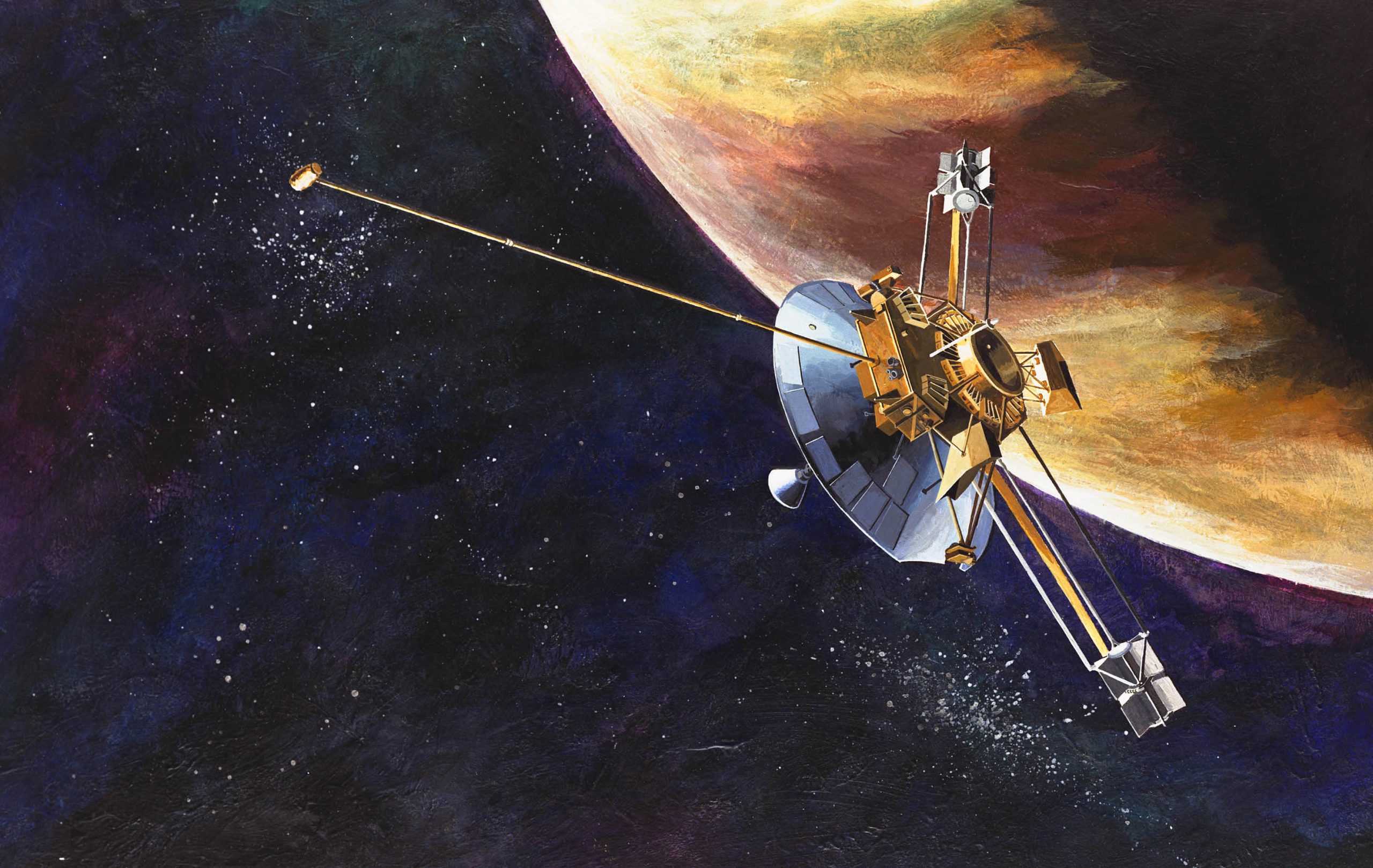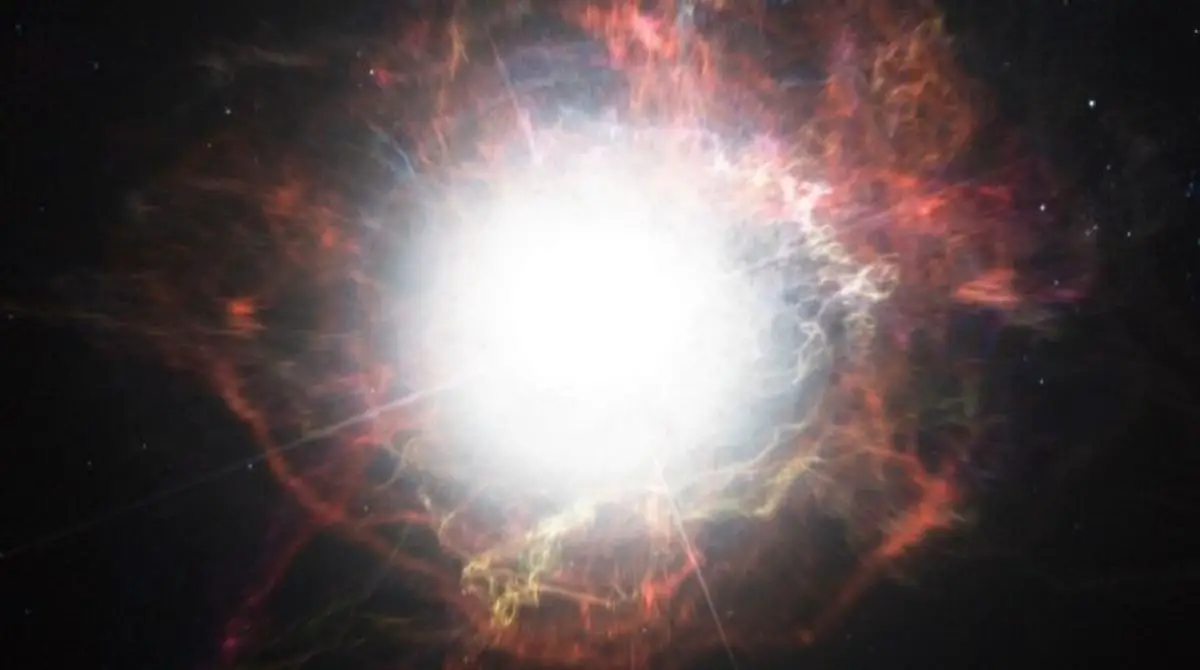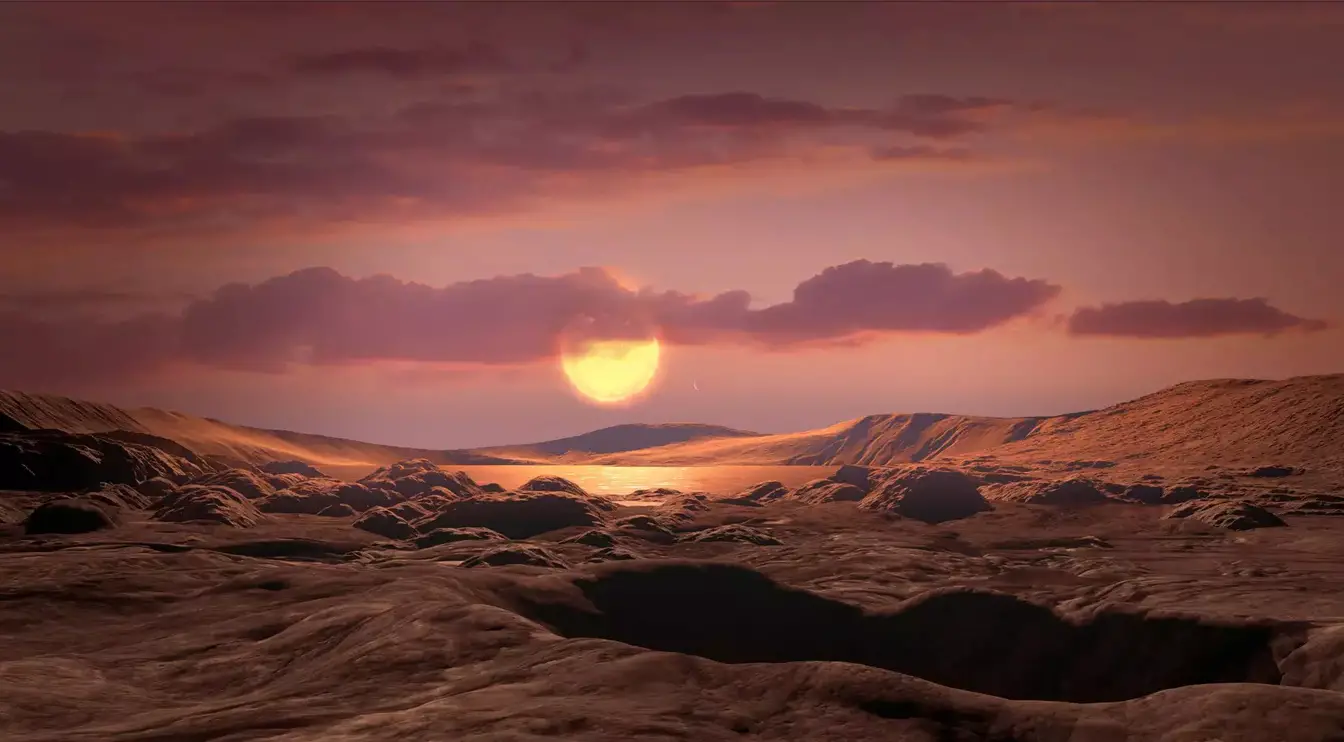A 13.5-billion-year-old star, among the universe’s oldest, is quietly hiding in our galaxy.
Key Takeaways:
- Astronomers have discovered one of the oldest stars in the universe, just 2,000 light-years away.
- This ancient red dwarf, 13.5 billion years old, formed from nearly pristine Big Bang material.
- The star’s low mass challenges the idea that the first stars were all massive and short-lived.
- Simulations suggest early low-mass stars could have formed due to supernova-triggered processes.
- This discovery reshapes how scientists view the early universe and long-lived primordial stars.
_________
A discovered star in the Milky Way may be one of the oldest ever detected, dating back to just a few hundred million years after the Big Bang. According to a study in The Astrophysical Journal, this tiny, 13.5-billion-year-old red dwarf—named 2MASS J18082002-5104378 B—has almost no heavy elements, suggesting it formed from near-pristine material left over from the universe’s birth.
A Star From the Universe’s Earliest Days
The first stars emerged around 200 million years after the Big Bang, composed mostly of hydrogen, helium, and a small amount of lithium. As these stars burned and exploded in supernovae, they enriched the cosmos with heavier elements, eventually forming the building blocks of new generations of stars—including our Sun.
But the newly identified star is remarkable because it contains barely any of these metals, meaning it may have descended from just one prior star generation rather than thousands. Lead researcher Kevin Schlaufman of Johns Hopkins University highlighted this unique connection, suggesting that 2MASS J18082002-5104378 B is one of the closest direct links to the universe’s earliest stars.
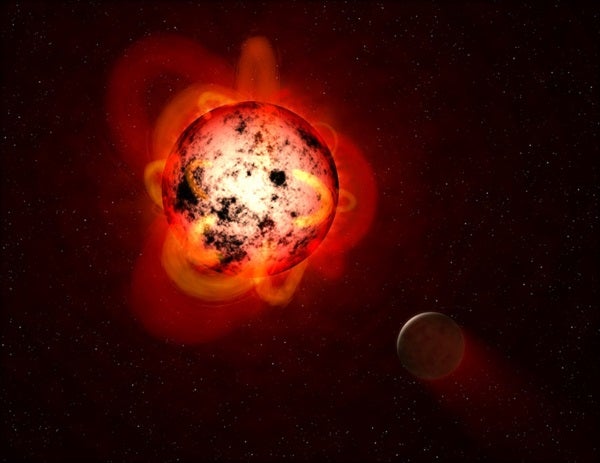
Rethinking the First Stars
Until recently, astronomers believed the universe’s first stars were extremely massive and short-lived. However, discoveries like 2MASS J18082002-5104378 B are changing that perspective. The star is just one-seventh the mass of the Sun, proving that even in the early universe, tiny stars could form and survive for billions of years.
Previous studies suggested that low-mass stars in the early universe might have formed due to shockwaves from supernova explosions. While researchers are still unsure exactly how this particular star formed, its existence confirms that not all first-generation stars were massive giants that burned out quickly.
Astrophysicist Andrew Casey of Monash University emphasized that this discovery alters our understanding of ancient star formation. If tiny, metal-poor stars like this one can still exist today, there could be more primordial relics hiding throughout the Milky Way, offering further clues about the origins of the cosmos.
